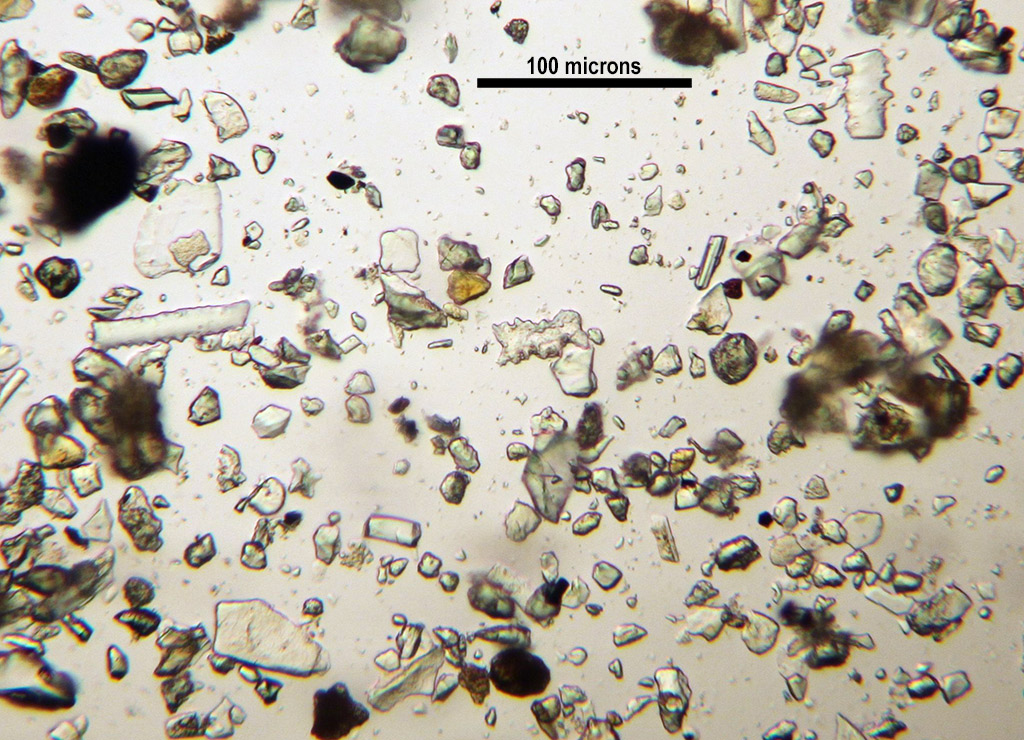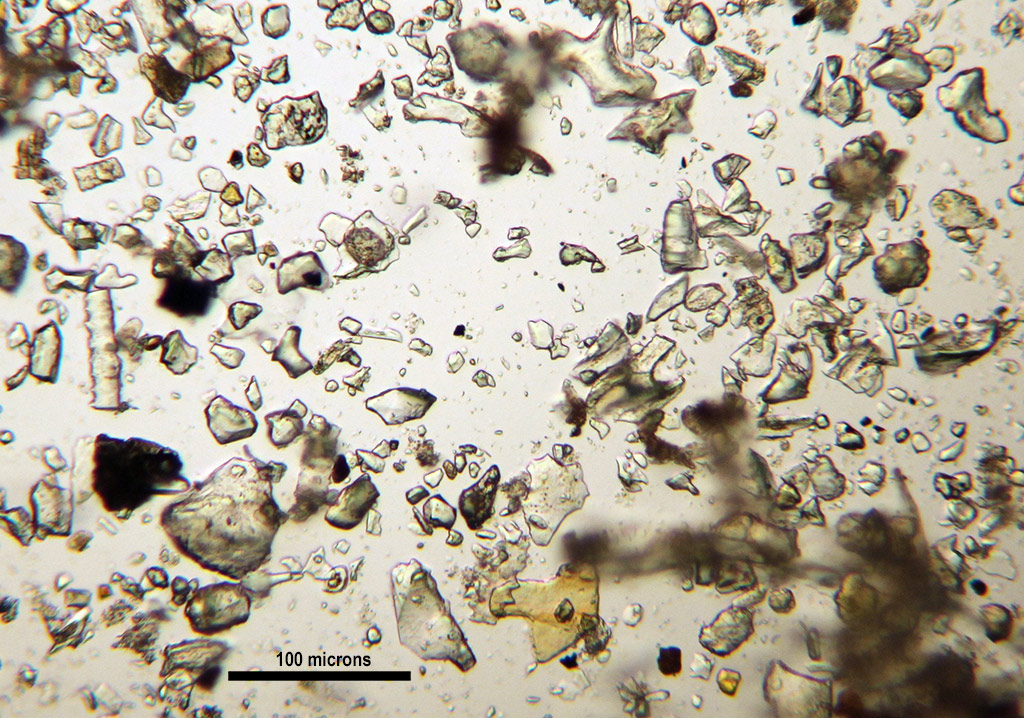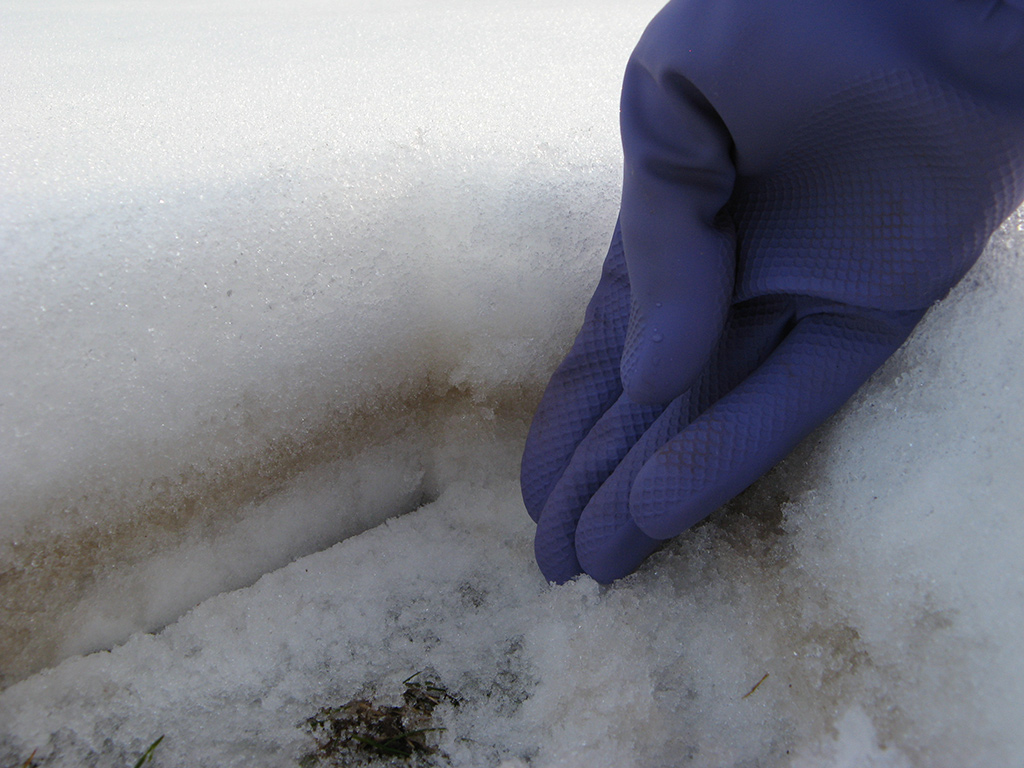Thanks for the interest and suggestions.
The illumination is oblique brightfield, accomplished by blocking about 1/2 the width of the microscope's base illuminator. The objective is a generic Edmund Optics 20X achromat.
Chris S. wrote:how are they staying airborne long enough to get entrained in snow?
I've never researched the mechanisms, but I've always accepted the idea that airborne dust is mostly a matter of settling speeds versus updrafts and turbulence.
https://www.dustwatch.com/how-far-do-du ... travel.html notes that the terminal velocity of falling quartz spheres is roughly proportional to diameter squared, with two data points being 1 micron --> 1.6m/13hr and 250 micron --> 2.5 m/sec. Doing the math, I get that these are roughly 4e-5*d*d, where d is in microns and the result is in m/sec. Plugging in d=20 microns as some "average diameter" gives me an estimated terminal velocity of 0.016 m/sec. That seems easy enough to keep airborne without invoking any exotic mechanisms.
JL wrote:The serrated grains may correspond to "glass shards" derived from some volcanic ash.
Aha! That would make great sense, considering where I live. (Original map
HERE.)
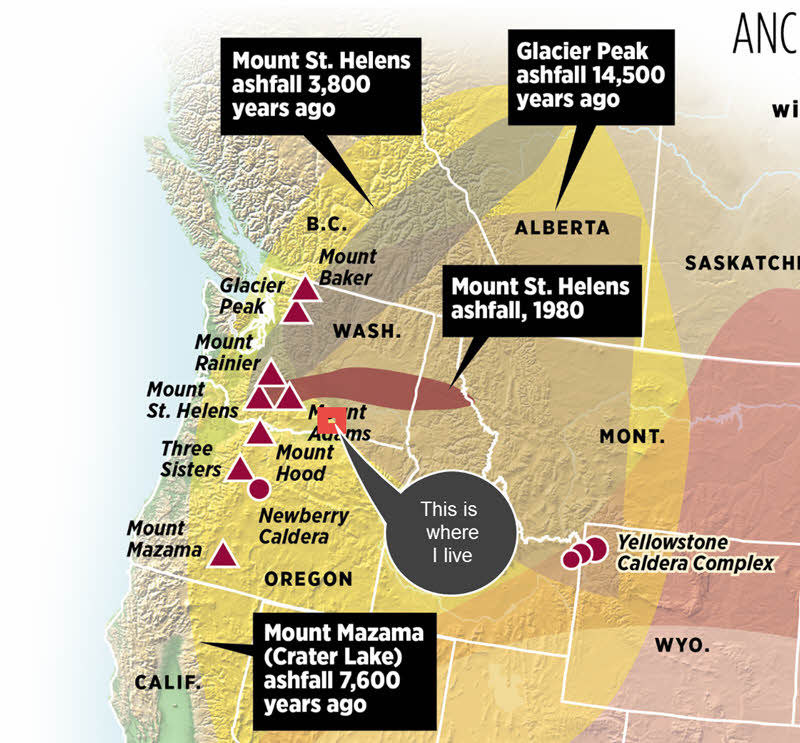
If this is the case, they should be practically isotropic under polarized light. Can you post a photo with cross-polarized light?
Here's one in brightfield:
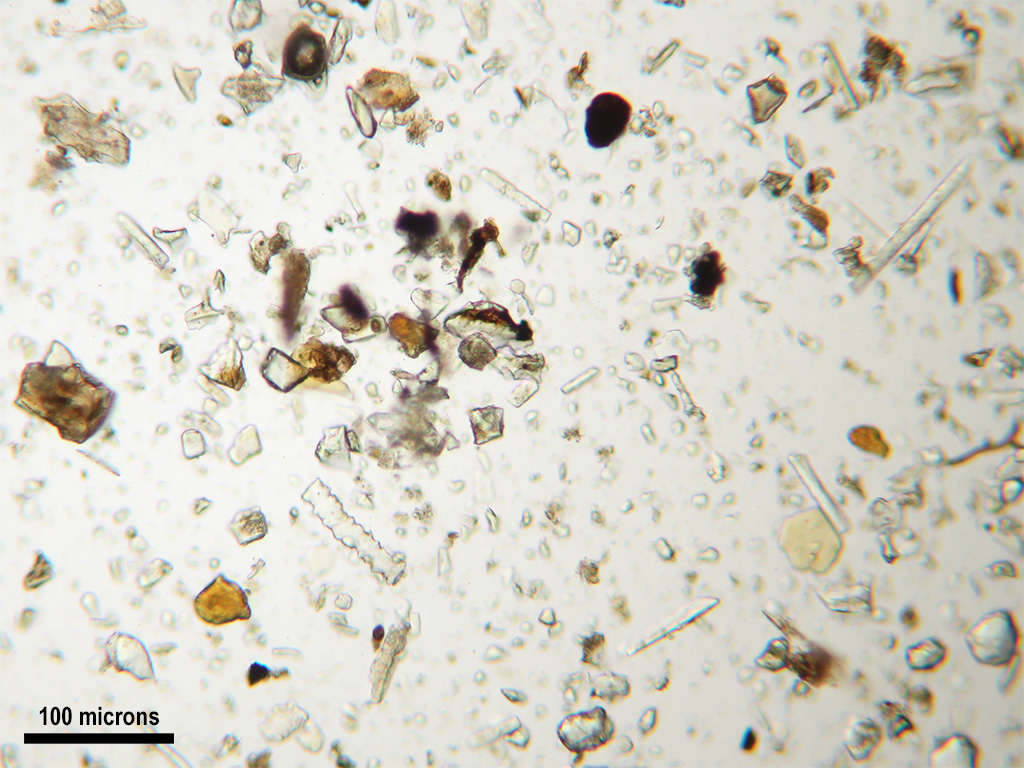
and the same thing plus 3 cross-polarized at various angles and with 8X more exposure:

The long skinny things look pretty isotropic to me.
--Rik
